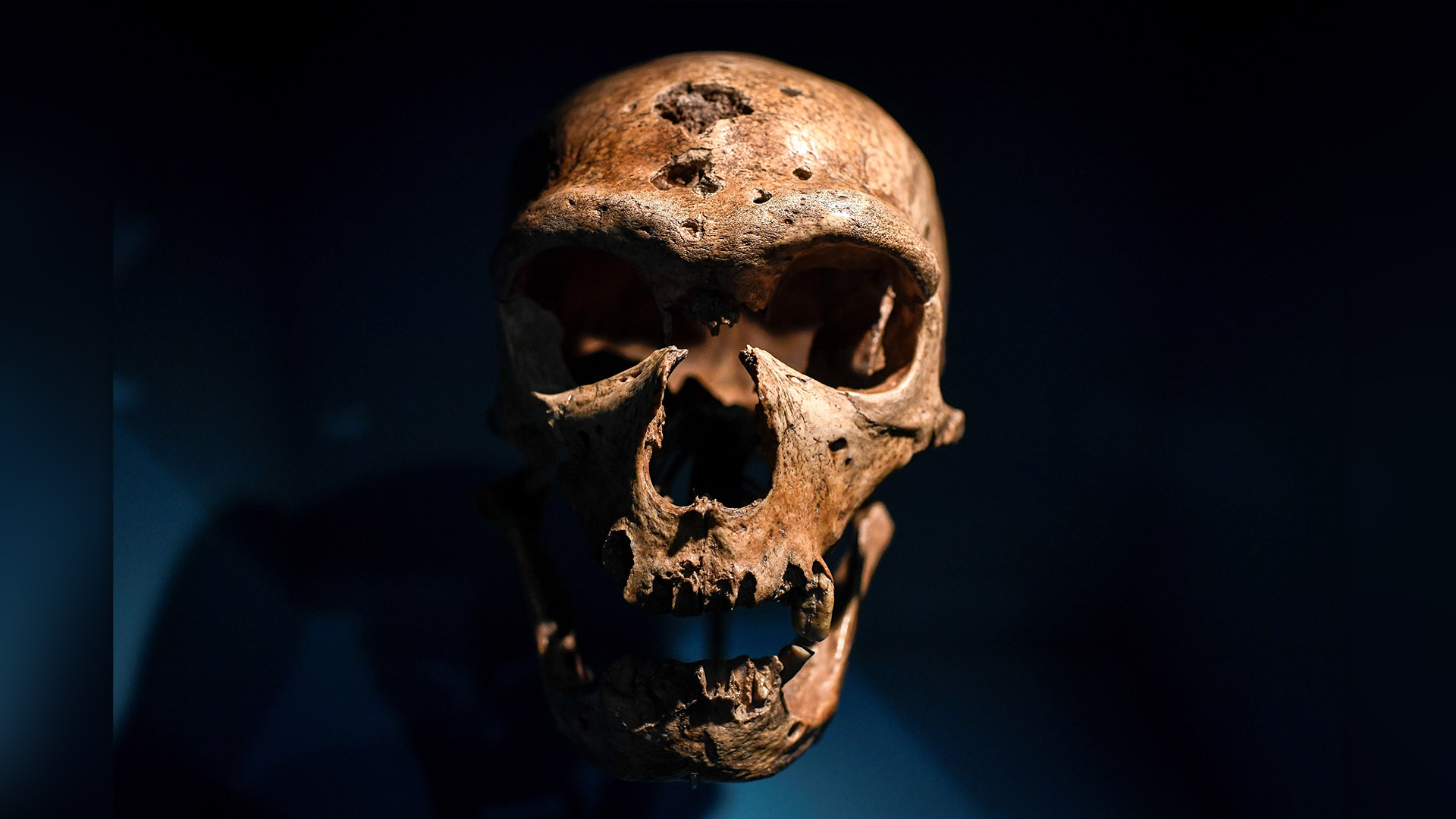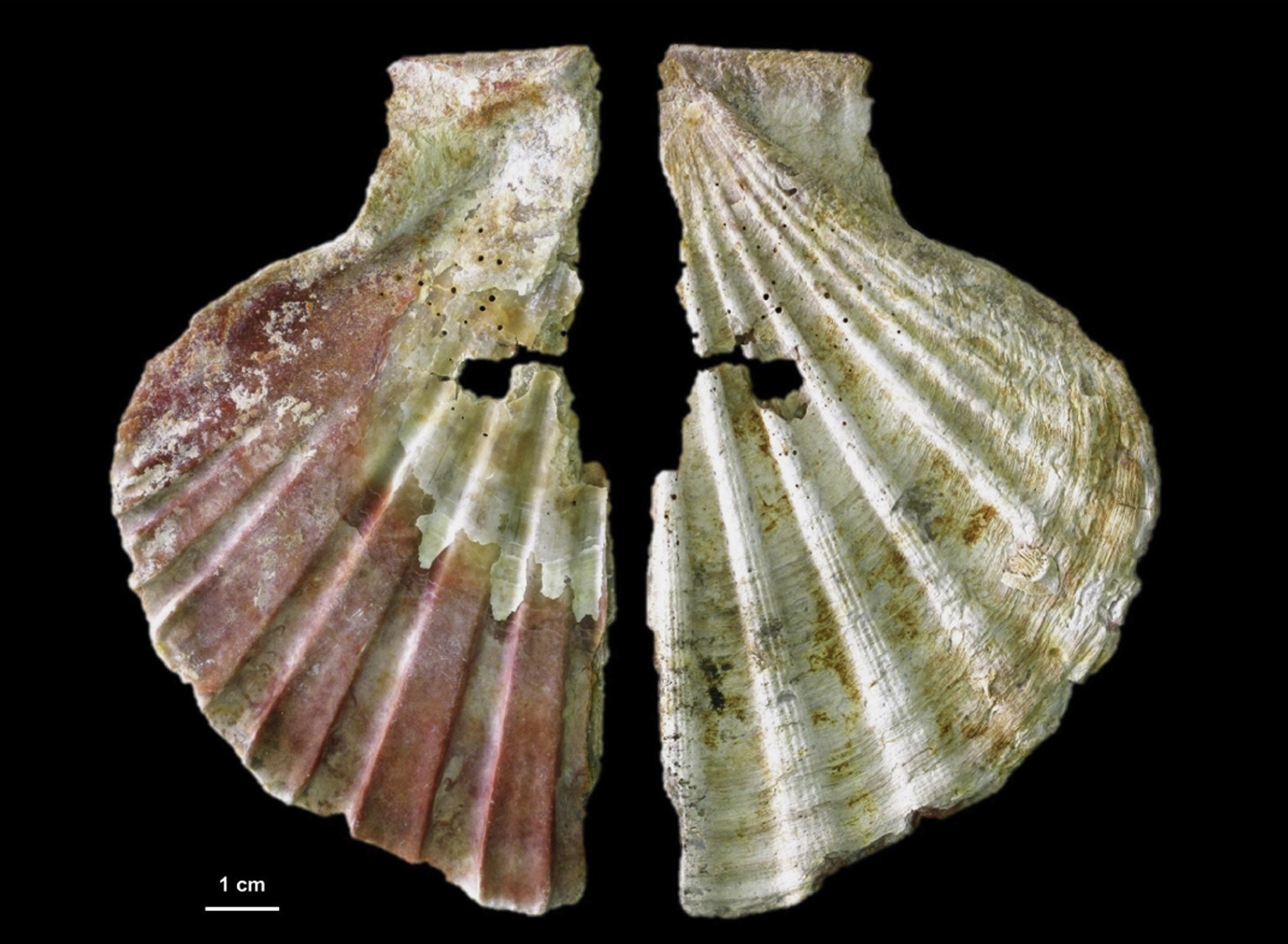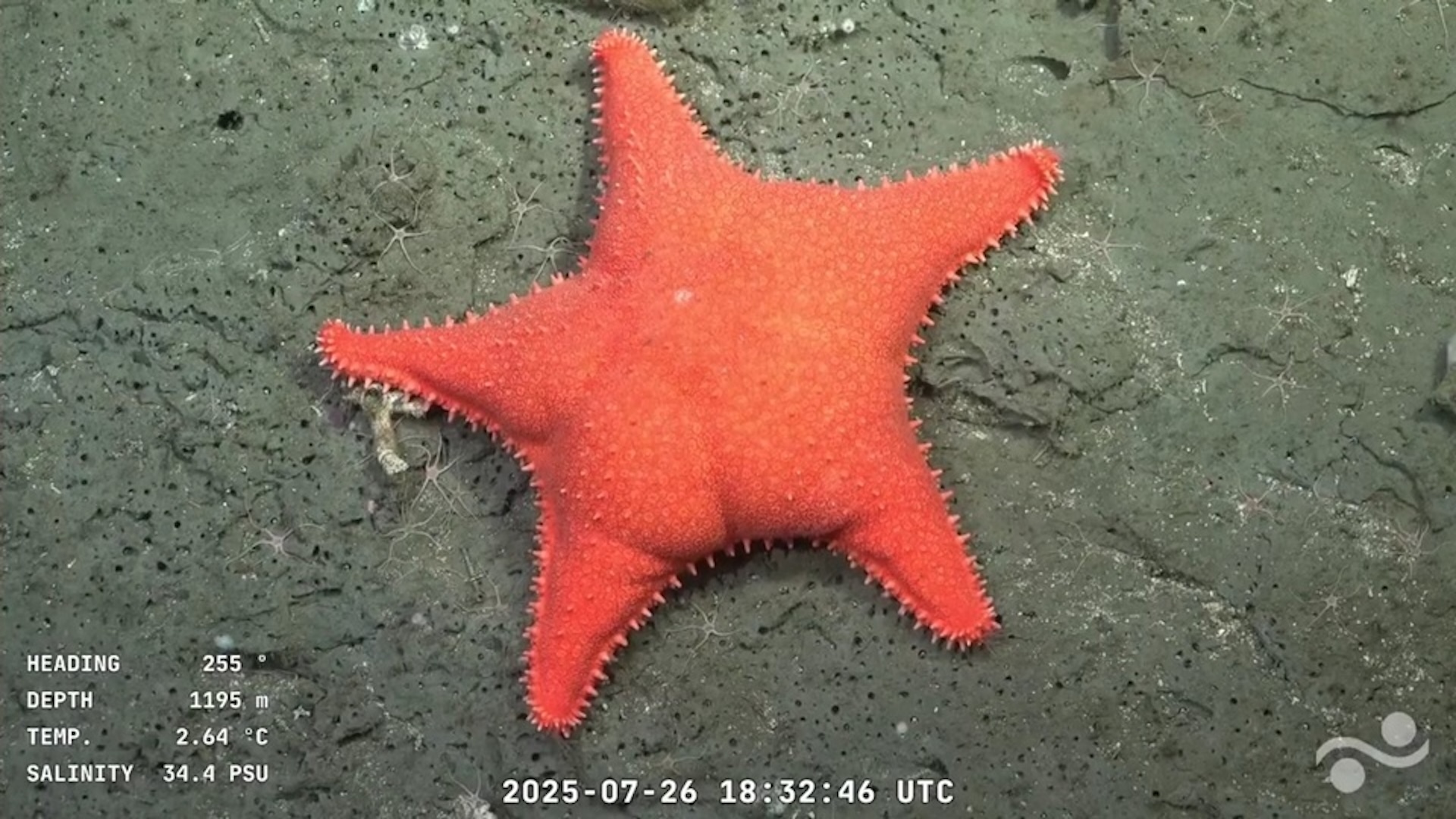Who was the last Neanderthal?
We don't know when the last Neanderthal died, but many archaeologists think some of the last lineages lived in southern Iberia.

Neanderthals once roamed Eurasia, but they disappeared around the time Homo sapiens reached Europe. One big question has stumped archaeologists for decades: Who were the last Neanderthals, and where did they live?
We don't know for sure, but most evidence points to the Iberian Peninsula, which encompasses what is now Spain and Portugal.
Last Neanderthal location
Many archaeologists think the last Neanderthals lived in southern Iberia because sites in this region look a little different than those elsewhere in Europe.
Neanderthals created certain types of tools, named Mousterian after a Neanderthal site in France. This type of tool was invented 160,000 years ago and largely disappeared by 40,000 years ago across most of Europe, presumably along with its Neanderthal creators.
But archaeologists have found Mousterian tools at southern Iberian Neanderthal sites that were made after that time. These objects may be evidence that Neanderthals clung to the region, possibly taking refuge from climate changes affecting other parts of Europe.
To show that Neanderthals were alive where such tools were found, however, archaeologists ideally need undisturbed, uncontaminated layers in which they find materials clearly tied to Neanderthals' activities — such as bones with cut marks, bone tools, and charcoal that was purposefully burned.
That's where things get complicated — especially because many Neanderthal sites were excavated or dated before people knew how to avoid contaminating ancient samples.
Get the world’s most fascinating discoveries delivered straight to your inbox.

Uncertain dates
For many years, Gibraltar, a British territory on the southern tip of the Iberian Peninsula, was assumed to be the last Neanderthal holdout. The British navy first identified a Neanderthal skull in Forbes' Quarry Cave in 1848, and excavations at Gorham's Cave began in the early 1990s. Within this cave, excavators found dozens of Mousterian artifacts and a hearth with charcoal.
In a bombshell paper published in the journal Nature in 2006, zoologist Clive Finlayson and colleagues used radiocarbon dating on three hearth samples. They found dates between 28,000 and 22,000 years ago — thousands of years after Neanderthals were thought to have died out.
These "last Neanderthals," Finlayson and colleagues wrote in their paper, had access to a wide diversity of plants and animals within this small area. "Such ecological diversity might have facilitated their long survival," the researchers wrote.
But later work raised questions about these dates.
In a 2014 study in the journal Nature, archaeological scientist Tom Higham and colleagues used newer radiocarbon techniques and statistical modeling to show that many of the previously published dates — such as the very late date of Gorham's Cave in Gibraltar — were incorrect.
After reanalyzing the dates of 40 sites, Higham and colleagues concluded that Neanderthals did not survive after about 39,000 to 37,000 years ago.
"There are several sites that are about 40 ka cal BP [38,000 years ago] or so, but none that stand out as Gibraltar once did as a last stand," Higham told Live Science.

Will we ever find a "last stand"?
One candidate for Neanderthals' last stand is Cueva Antón, a cave in southeastern Spain excavated by archaeologist João Zilhão. In a 2021 study in the journal Quaternary Science Reviews, Zilhão presented findings that dated charcoal at the site to 36,600 years ago.
"Cueva Antón is an interesting potential site," Higham said. The problem is that it has relatively few stone tools, which makes the dating evidence a little uncertain, he added.
Rather than talking about the "last" Neanderthals, "across Europe and probably Eurasia, there was a mosaic of different groups," Higham said. "My view is that the Neanderthals were assimilated into groups of modern humans rather than going extinct in any kind of separate way."
This means we may never know exactly where and when Neanderthals last existed.
"Given the wide range of Neanderthals — from Wales to Siberia at least — it's extremely unlikely we would be lucky enough to find the very last examples of the species across that huge area," Chris Stringer, a paleoanthropologist at the Natural History Museum in London, told Live Science in an email. "However, as sampling and dating improve, this will highlight the regions showing the youngest dates."

Kristina Killgrove is a staff writer at Live Science with a focus on archaeology and paleoanthropology news. Her articles have also appeared in venues such as Forbes, Smithsonian, and Mental Floss. Killgrove holds a PhD in biological anthropology and an MA in classical archaeology, and she was formerly a university professor and researcher. She has received awards from the Society for American Archaeology and the American Anthropological Association for her science writing.


